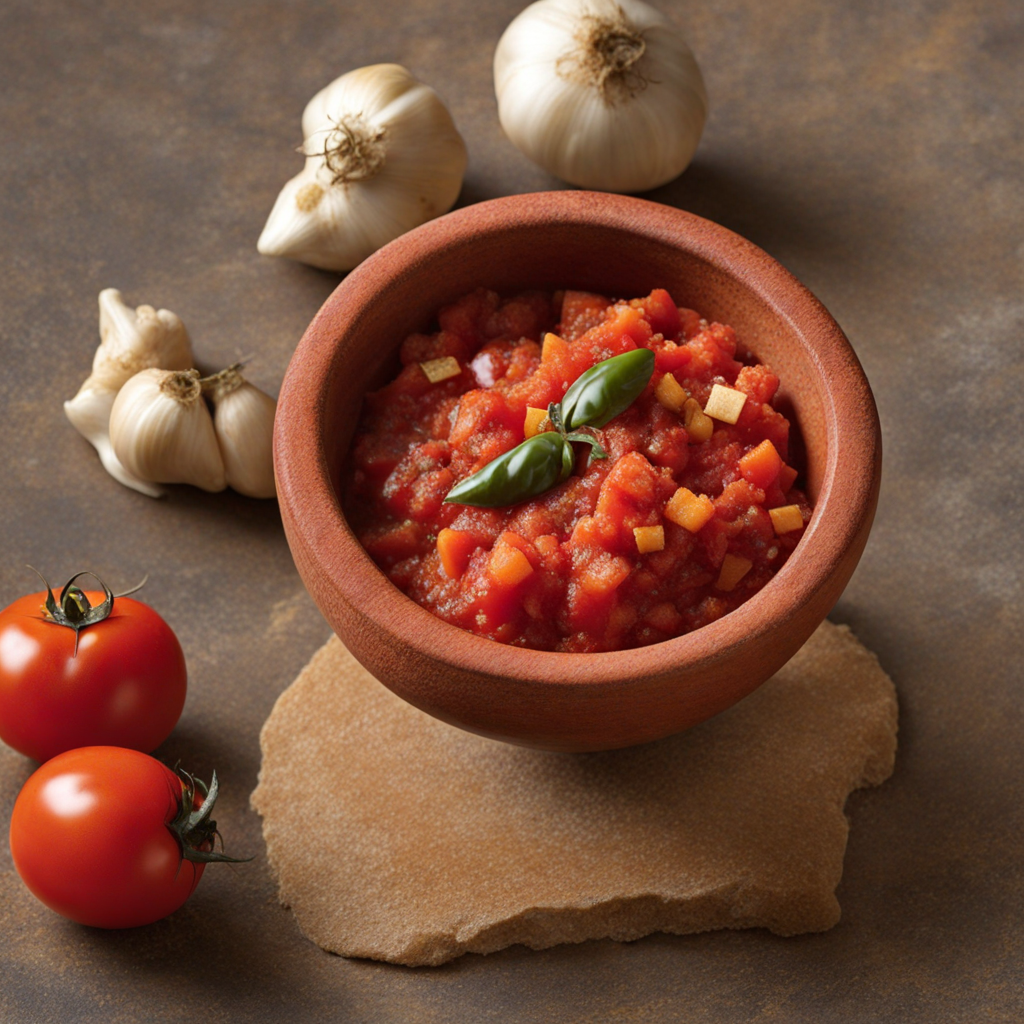Empanadas
Empanadas are a delightful culinary treasure originating from Chile, showcasing a rich tradition of flavor and texture. These hand-held pastries are made from a simple yet versatile dough, which is typically prepared with flour, water, and a touch of salt, creating a soft and flaky exterior. The magic of empanadas lies in their fillings, which can range from savory to sweet, but the most popular varieties often feature spiced meats, cheese, and an array of vegetables. A classic Chilean empanada de pino, for example, is filled with a mouthwatering mixture of ground beef, onions, hard-boiled eggs, olives, and spices, all of which meld together to create a hearty and satisfying bite. The process of making empanadas is as enjoyable as savoring them. Once the dough is rolled out and cut into circles, generous spoonfuls of the filling are placed in the center, and the edges are carefully folded and crimped to seal in the deliciousness. They can be baked until golden brown or fried for a crispier texture, each method offering a unique sensory experience. The warm, flaky crust contrasts beautifully with the savory filling, making each bite a comforting and indulgent treat. To enhance the experience, empanadas are often served with a side of pebre, a fresh Chilean salsa made with tomatoes, onions, cilantro, and chili peppers, adding a burst of freshness to the dish. Empanadas are not just a food; they represent a sense of community and celebration in Chilean culture. Whether enjoyed at family gatherings, street fairs, or as a late-night snack, these pastries evoke a feeling of warmth and togetherness. With each empanada bearing the unique touch of the cook, they invite you to explore a variety of flavors and textures, making them a perfect choice for those looking to discover new culinary horizons. The balance of the flaky crust and the rich, flavorful filling creates an unforgettable taste experience that embodies the spirit of Chilean cuisine.
How It Became This Dish
The Flavorful Journey of Chilean Empanadas: A Culinary Legacy Empanadas, those delightful stuffed pastries that have captured the hearts and palates of many, boast a rich and diverse history that transcends borders. While they are enjoyed in various forms across Latin America and beyond, the Chilean empanada holds a special place in the country’s gastronomic landscape. This exploration delves into the origins, cultural significance, and evolution of empanadas in Chile, revealing their deep-rooted connections to the nation’s identity. #### Origins: A Historical Tapestry The etymology of the word "empanada" can be traced back to the Spanish verb "empanar," which means "to bread" or "to wrap in bread." This culinary tradition is believed to have originated in the Iberian Peninsula, where various forms of filled pastries were made, particularly in regions like Galicia. The concept of encasing a mixture in dough is thought to have existed for centuries, possibly even before the arrival of the Spanish in the Americas. When the Spanish colonizers arrived in South America in the 16th century, they brought their culinary practices with them. Indigenous peoples of the Andes, with their rich traditions of corn and other grains, adapted the Spanish recipes using local ingredients. This melding of cultures led to the birth of the empanada as we know it today. In Chile, empanadas became a staple food, reflecting the country’s agricultural bounty and cultural influences. #### Cultural Significance: More Than Just Food In Chile, empanadas are more than just a popular snack; they are a symbol of national identity and community. Often served at family gatherings, celebrations, and festivals, empanadas embody the spirit of sharing and togetherness. They are a versatile dish, with fillings that can vary greatly across regions, seasons, and personal preferences. Common fillings include ground beef, chicken, cheese, and vegetables, often spiced with a medley of local herbs and spices. One of the most iconic versions is the "empanada de pino," which consists of a mixture of ground beef, onions, hard-boiled eggs, olives, and spices. This particular filling reflects the influence of both Spanish and indigenous culinary practices and is often accompanied by aji (a spicy sauce) that adds an extra kick. The use of olives, a nod to the Mediterranean influence, showcases the cultural exchange that has shaped Chilean cuisine. Empanadas are also central to many traditional Chilean festivals. For instance, during the Fiestas Patrias, which celebrate Chile’s independence in September, they are a must-have dish. Street vendors and restaurants across the country prepare vast quantities, making them accessible to all. The act of sharing empanadas during such festivities reinforces their role as a communal food, bringing people together in celebration and camaraderie. #### Development Over Time: A Culinary Evolution As Chilean society evolved, so too did the empanada. The 19th century saw significant changes in both the ingredients and the preparation methods. With the influx of immigrants from Europe, particularly from Italy, Germany, and France, new flavors and techniques were introduced into the culinary landscape. These influences led to variations of the empanada, including those filled with cheese or seafood, reflecting the coastal geography of Chile. The empanada gained further prominence in the 20th century, particularly during the agricultural reforms of the 1960s and 1970s, which emphasized local food production and access. The rise of the middle class also saw empanadas becoming a popular option for quick meals, with small businesses and street vendors proliferating in urban areas. This period marked the transition of empanadas from a traditional dish to a common street food, enjoyed by people from all walks of life. In contemporary Chile, empanadas have continued to evolve. Creative chefs have experimented with fillings, incorporating ingredients like quinoa, mushrooms, and even fusion flavors that reflect global culinary trends. Vegetarian and vegan versions have also emerged, catering to the growing demand for plant-based diets. This adaptability has ensured that empanadas remain relevant and beloved in modern Chilean cuisine. Moreover, the rise of social media has played a significant role in popularizing empanadas beyond Chile’s borders. Food enthusiasts and travelers share their experiences, sparking interest in traditional recipes and innovative interpretations. As a result, Chilean empanadas have gained recognition on the international stage, appearing in restaurants and food festivals around the world. #### Conclusion: A Living Tradition Today, empanadas in Chile are a testament to the country’s rich history and cultural diversity. They represent a culinary tradition that has been shaped by indigenous ingredients, colonial influences, and modern adaptations. Their significance extends beyond mere sustenance; they are woven into the fabric of Chilean life, symbolizing community, celebration, and a shared love for food. As Chile continues to navigate its identity in a globalized world, empanadas will undoubtedly remain a cherished emblem of national pride. Each bite encapsulates centuries of history, showcasing the resilience and creativity of a people who have transformed a simple pastry into a beloved staple. Whether enjoyed at a family gathering, a street fair, or a trendy restaurant, Chilean empanadas continue to bring joy, flavor, and a sense of belonging to all who partake in this delicious culinary legacy.
You may like
Discover local flavors from Chile







